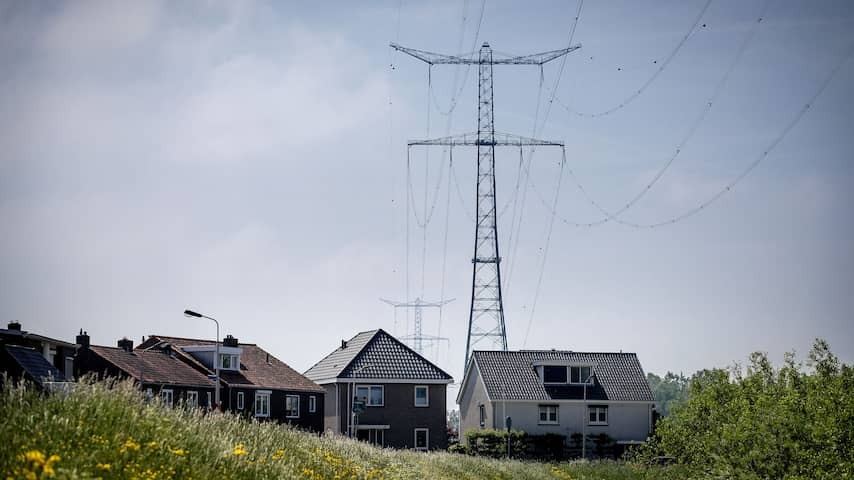
The Netherlands is doing well economically. But there are significant risks, such as the unbalanced housing market and capacity problems on the electricity grid. Many problems are interconnected. Climate measures could save the Netherlands billions in the long term.
The Netherlands has withstood recent economic shocks thanks to “strong institutions, advanced infrastructure and a highly qualified workforce,” writes the Organisation for Economic Co-operation and Development (OECD) in a new analysis. As the Netherlands prepares for new elections, the authoritative Paris-based think tank sees significant risks.
The risks are interconnected, and therefore a coherent approach is needed. Take, for example, the labor market and the housing market. Companies need labor migrants, but they need housing. So, enough homes must be provided.
The housing supply is not growing fast enough, and housing is too expensive, the OECD notes. The cabinet’s ambition has been to provide 100,000 new homes for years. But that ambition has not been realized for years, as shown in the graph below.
To realize more homes, the OECD says it is essential, for example, to relax permit granting. But in addition to such individual measures, a thorough reform of the housing market is urgently needed.
The OECD is thinking about the way the owner-occupied sector is favored in the Netherlands. There are many lending opportunities and “generous tax benefits.” Reducing the differences between buying and renting would be a way to ensure a more balanced housing market.
The inequality between buying and renting is “unnecessary,” according to a study that outgoing minister Mona Keijzer (Housing, BBB) sent to the Lower House on Monday. “The excessive and ineffective stimulation of the owner-occupied sector harms the rental housing market,” is the conclusion. The cabinet’s reaction will come later.
Overload can cause large-scale power outages
Other risks for the Dutch economy, according to the OECD, are the capacity problems on the electricity grid, which can stand in the way of large-scale electrification. If the transition from fossil energy to electricity does not happen fast enough, the route to climate neutrality in 2050 could be jeopardized.
But electrification can cause overloading of the electricity grid, which can cause large-scale power outages. The province of Utrecht mapped out a “dark scenario” in March, in which 200,000 homes could be without power.
The Netherlands must continue to act and at the same time be prepared for global shocks. Our country is “one of the most trade-intensive countries in the world” and therefore vulnerable to economic unrest, the OECD writes. The Netherlands must keep trade routes open and arm itself against economic shocks, the think tank advises.
It resembles the warning from De Nederlandsche Bank in June that economic growth could fall due to the trade war and economic uncertainty.
Measures against drought, heat stress and extreme rain
Furthermore, the OECD notes that measures to avoid climate damage remain underdeveloped. Not when it comes to water, because the Dutch waterworks “are among the world’s most advanced.”
But the Netherlands could save a lot in the long term with more measures against drought, heat stress and extreme rainfall. The costs of climate damage are now 8.1 to 9.6 billion euros and can be reduced to less than 2 billion euros in the year 2100.
Despite everything, the Netherlands continues to perform better than comparable EU countries, according to the OECD figures. The OECD carries out the analyses once every two years.